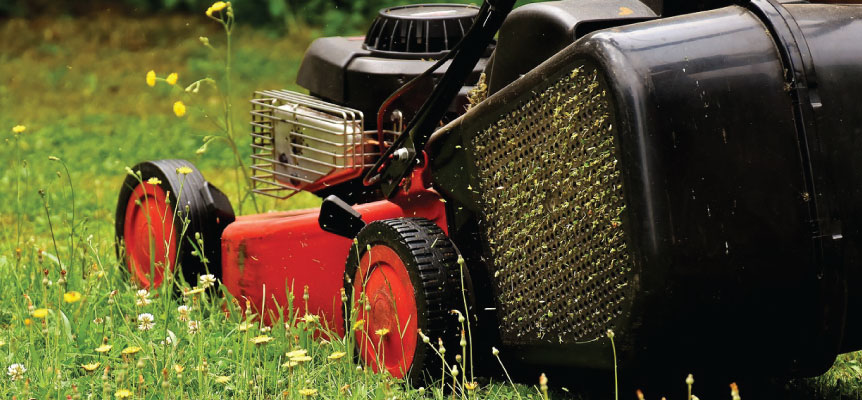 |
| Like any hardworking utility gear in the shed, lawn mowers need regular TLC. This goes beyond dumping fuel and pulling the cord once a week. It’s all about understanding that your lawn mower, much like a car, has its own set of vital parts and systems that require regular maintenance checks. |
| From replacing worn-out spark plugs to keeping blades sharp and efficient, here's everything you need to know for your DIY lawn mower maintenance routine. |
| Pre-Maintenance Checklist |
| Before jumping headfirst into lawn mower maintenance, take time to ensure everything is in order and you’ve gathered all the necessary tools and equipment. Here's your pre-maintenance checklist: |
| Check the owner’s manual: Think manuals are just random bulky papers bundled with appliances? Think again! Before performing any maintenance tasks on your lawn mower, check the owner's manual for instructions, information, maintenance schedules, and tips for your exact model. |
| Clear your workspace: Where there's mending, mess could follow. Pick a space that provides enough light for you to see what goes where free from clutter, and, if possible, away from curious pets' and kids’ reach. |
| Prepare your tools and materials: With your workspace sorted and manual memorized (or at least skimmed), gather your tools and materials: |